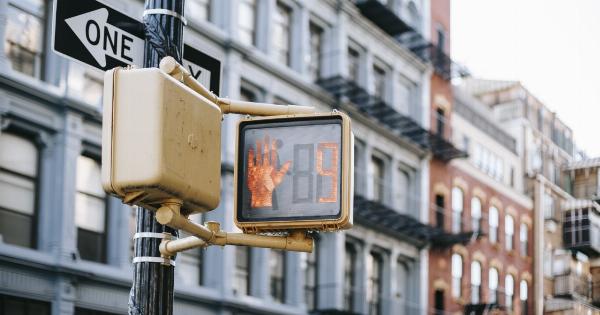Glaucoma is a chronic eye condition that results in irreversible vision loss if it is not treated promptly and effectively. It is the second leading cause of blindness in the world, affecting almost 80 million people globally.
The disease is characterized by damaging the optic nerve, which connects the eye to the brain, leading to a gradual loss of vision. Early detection and treatment of glaucoma are crucial to preserving vision and preventing blindness. In this article, we will discuss when and how to detect and treat glaucoma to prevent vision loss.
Risk Factors for Glaucoma
Several risk factors increase a person’s chances of developing glaucoma. The most common ones include:.
- Age over 60 years old
- Family history of glaucoma
- High eye pressure
- Thin cornea
- Diabetes
- High blood pressure
- Migraines
- Nearsightedness or farsightedness
- Previous eye injuries or surgeries
Early Detection of Glaucoma
The best way to detect glaucoma early is to have regular comprehensive eye exams with an eye doctor. The American Academy of Ophthalmology recommends that people have a baseline eye exam at age 40, with follow-up exams every 2–4 years.
After age 65, annual exams are recommended. If a person has risk factors for glaucoma, such as family history or high eye pressure, more frequent eye exams are necessary.
During a comprehensive eye exam, the eye doctor will perform several tests to check for signs of glaucoma, including:.
- Measuring eye pressure (tonometry)
- Examining the optic nerve (ophthalmoscopy)
- Checking the peripheral vision (visual field test)
- Assessing the cornea (pachymetry)
Early detection of glaucoma is critical because many people do not realize they have the condition until they experience significant vision loss.
Vision lost to glaucoma cannot be restored, but further vision loss can be prevented with timely treatment.
Treatment of Glaucoma
There is no cure for glaucoma, but treatment can slow or stop the progression of the disease and preserve vision. The goal of treatment is to lower eye pressure, as high eye pressure is the main risk factor for glaucoma.
The most common treatments for glaucoma include:.
- Eye drops: Medications that lower eye pressure are applied to the eye once or twice a day.
- Oral medications: In some cases, oral medications may be prescribed to lower eye pressure if eye drops are not effective.
- Laser therapy: Selective laser trabeculoplasty and laser iridotomy are two types of laser therapy that can help lower eye pressure and reduce the risk of vision loss.
- Surgery: If eye drops and laser therapy do not work, surgery may be necessary. Trabeculectomy and glaucoma drainage devices are two types of surgery that can improve drainage of fluid from the eye and lower eye pressure.
When Should Treatment Start?
The decision to start treatment for glaucoma depends on several factors, including the severity of the disease, the patient’s age, and the presence of risk factors.
In general, treatment should begin as soon as possible after the diagnosis of glaucoma, as this can help prevent further vision loss.
For people with early or mild glaucoma, eye drops are usually the first line of treatment. These medications can help lower eye pressure and prevent further optic nerve damage. If eye drops are ineffective, laser therapy or surgery may be necessary.
For people with advanced glaucoma, more aggressive treatment may be necessary. Surgery may be the best option for people with advanced glaucoma who have not responded to other treatments.
The goal of treatment for advanced glaucoma is to prevent further vision loss and maintain the patient’s quality of life.
Conclusion
Glaucoma is a serious eye condition that can lead to irreversible vision loss if left untreated. Early detection and treatment of glaucoma are crucial to preserving vision and preventing blindness.
People with risk factors for glaucoma should have regular comprehensive eye exams with an eye doctor. Treatment for glaucoma depends on several factors, including the severity of the disease and the patient’s age and risk factors.
Eye drops are usually the first line of treatment, but more aggressive treatment may be necessary for people with advanced glaucoma. The goal of treatment is to lower eye pressure and prevent further optic nerve damage.





























